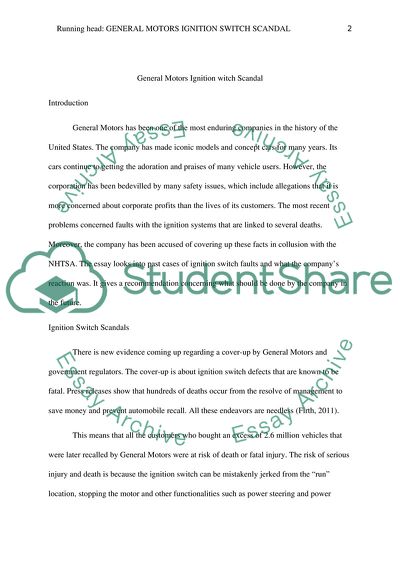Cite this document
(General Motors ignition switch scandal Essay Example | Topics and Well Written Essays - 3000 words, n.d.)
General Motors ignition switch scandal Essay Example | Topics and Well Written Essays - 3000 words. https://studentshare.org/business/1820097-general-motors-ignition-switch-scandal
General Motors ignition switch scandal Essay Example | Topics and Well Written Essays - 3000 words. https://studentshare.org/business/1820097-general-motors-ignition-switch-scandal
(General Motors Ignition Switch Scandal Essay Example | Topics and Well Written Essays - 3000 Words)
General Motors Ignition Switch Scandal Essay Example | Topics and Well Written Essays - 3000 Words. https://studentshare.org/business/1820097-general-motors-ignition-switch-scandal.
General Motors Ignition Switch Scandal Essay Example | Topics and Well Written Essays - 3000 Words. https://studentshare.org/business/1820097-general-motors-ignition-switch-scandal.
“General Motors Ignition Switch Scandal Essay Example | Topics and Well Written Essays - 3000 Words”. https://studentshare.org/business/1820097-general-motors-ignition-switch-scandal.


